PostTime:5/27/2020
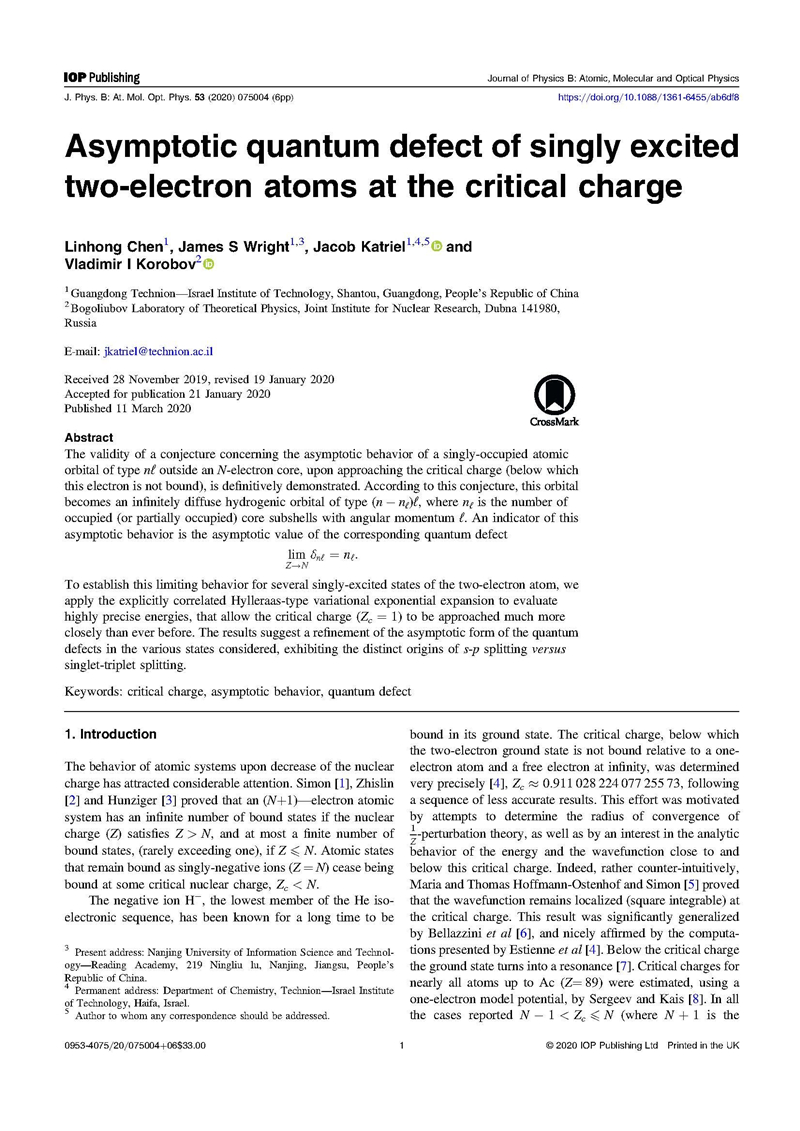
Chen Linhong, a third-year undergraduate majoring in materials science and engineering at Guangdong Technion Israel Institute of Technology (GTIIT), published an academic article in Journal of Physics B: Atomic, Molecular and Optical Physics as the first author. The article, titled "Asymptotic quantum defect of singly excited two-electron atoms at the critical charge", was published in the journal with average impact factor of 2.009. Jacob Katriel, visiting professor at GTIIT, is the corresponding author of this article.
Here is everything about how Chen accomplished this academic achievement.
Chen Linhong
Undergraduate of Material Science and Engineering (MSE), Cohort 2017
Current GPA: 95.15(ranking first in MSE program of Cohort 2017)
Gaokao score: 604 (in year 2017 in Guangdong)
How did your project start?
Everything starts from the first semester of my sophomore year. I took the "Quantum Chemistry" course taught by Professor Jacob Katriel and gained his attention with my earnest and steadfast study manner and outstanding academic record. When the course ended, Professor Katriel invited me to participate in a project about calculating the energy of helium-like atoms near the critical charge. I didn't understand what the study is about at first, but I knew it should be a good learning opportunity. So with the support of my family, I joined this project, and I went for some scientific literature to deepen my understanding. In the summer vacation of 2019, I officially joined the lab and started my research under the guidance of Professor Katriel. I spent two months on this subject to gain more knowledge about related theory and the programming language Linux. Being recommended by Professor Katriel and funded by GTIIT, Dr. James S. Wright and I went to the Joint Institute for Nuclear Research (JINR) in Dubna, Russia for two-week research visit with Professor Vladimir I. Korobov. Professor Korobov has a self-developed calculation software that can calculate atomic energies with very high precision. I used this software to perform a series of energy calculations on several singly-excited states of helium-like atoms, and pushed the nuclear charge to critical value. I helped Professor Katriel calculate the data he needed in the study. Professor Katriel analyzed these data and got some new and interesting information to verify some conjectures about the energy change of helium-like atoms at the critical charge.
Professor Jacob Katriel
Professor Emeritus, Schulich Faculty of Chemistry, Technion
PhD in Technion, 1972
professor since 1982; incumbent, Abronson Family Chair of Chemistry, since 1989. Served as Head of the Physical Chemistry Division (1984-1986) and as Chairman of the Department of Chemistry (1989-1991), as well as on many Technion committees and at the Technion Faculty Union.
Research interests: quantum theory of matter and radiation (atomic and molecular electronic structure, theory of phase transitions, quantum optics) and on related mathematical techniques, in particular concerning the quantum-mechanical many-body problem.
What is research life like, have you encountered any difficulties in the research process?
I study in the program of Material Science and Engineering. In the first two years of my undergraduate studies, many courses were closely related to mathematics and physics. This course arrangement gave me better math and physics skills and a solid foundation in understanding formulas and principles. This project required the theoretical knowledge of quantum mechanics and basic mathematical tools (such as matrix, iteration, reverse iteration, etc.) as well as the programming langauge Linux. I quickly filled up the gaps in theoretical knowledge and computer skills in summer vacation and started doing programming while learning from Professor Korobov in Russia. Most of our life in Russia was spent in Professor Korobov's laboratory. Sometimes Dr. James and I got up around 7 am and went to Professor Korobov's workshop to discuss the research after breakfast. In the afternoon, I usually did my own calculation experiments with Professor Korobov's software. At night, we went back to hotel and checked e-mails and also read papers about the research.
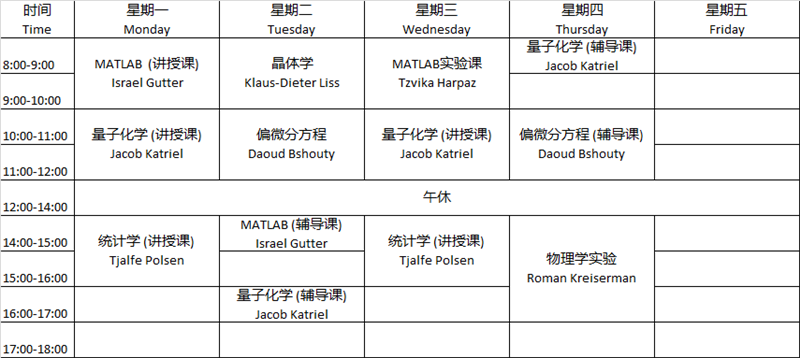
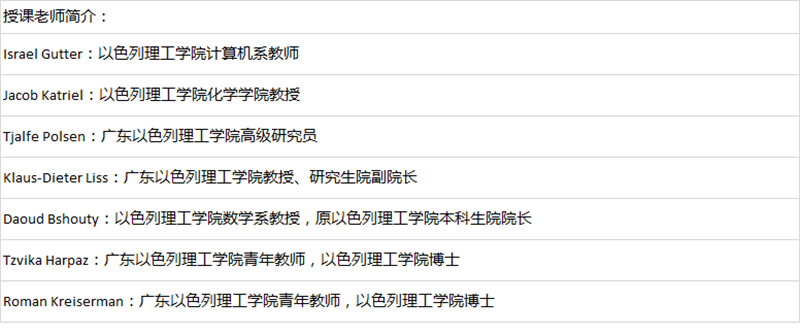
Chen's schedule for the first semester of the sophomore year and brief introduction of faculty in his courses
During the two weeks in Russia, one of the difficulties I was impressed with was that I encountered a problem with the adjustment of a parameter. Errors occurred in the results many times. Then I was quite upset, with a thought of unsuccessful outcome in such limited time left for the Russia trip. I felt sorry for the money GTIIT spent on this trip and the expectation that Professor Katriel had put on me. Stress and anxiety were all I had in that few days. Dr. James enlightened me and told me to stay calm, and the truth is that problems will not be solved by anxiety and encouraged me to ask Professor Korobov how to proceed. Later, when I found Professor Korobov had several minutes free time at noon, I went to consult him about this issue. He gave me his ideas and I benefited from his help to find my solution.
Professor Vladimir I. Korobov
Leading Scientist, Bogoliubov Laboratory of Theoretical Physics, Joint Institute for Nuclear Research (JINR), Dubna.
Distinguished Research Fellow, Foreign Expert, Chinese Academy of Sciences
PhD in Theoretical and Mathematical Physics in JINR, 1989
Research interests: Variational methods in the quantum three–body problem. Relativistic and QED effects in few–body systems. Nonrelativistic QED. Resonances and complex coordinate rotation method. Precision spectroscopy of light atoms and molecules. Exotic atoms and molecules: muonic atoms, muonic molecular ions, antiprotonic and muonic helium.
I have found that the kind help from Prof. Katriel, Prof. Korobov and Dr. James meant a lot to me in this project. They gave their best to explain what I don't understand, and were always patient to explain the questions I asked. Because it was the first time for me to participate in an international scientific research project, I needed to receive a lot of state-of-art knowledge. It required me to study hard and actively, which is a test of my capability in quick learning. I am glad that I have come across these difficulties. During this time, I have improved my research and innovation capabilities, and also expanded my knowledge. I have learned more in-depth knowledge of interdisciplinary areas.
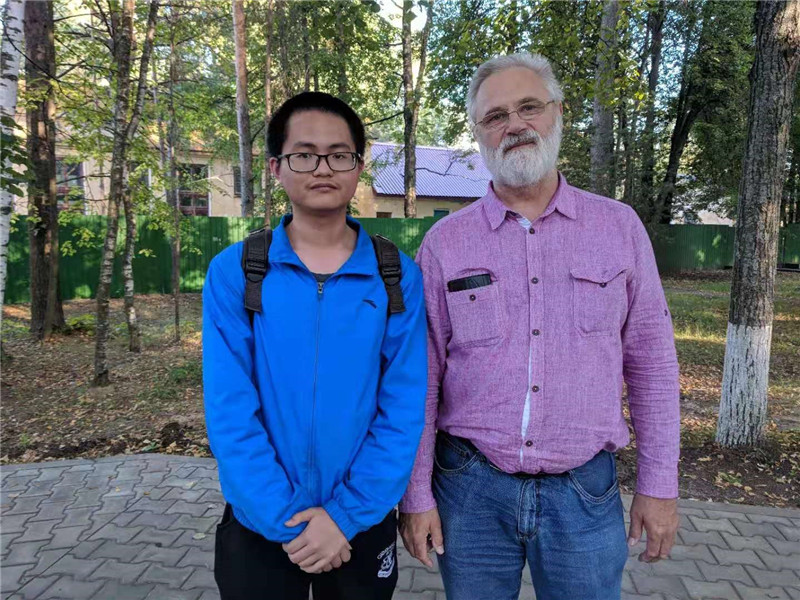
Photo of Chen Linhong and Professor Korobov
What preparations did you make in the process of writing the article? What have you learned?
In this project, I finished the tasks of programming to make calculations and produce data that professors required on analysis. I gained a lot of knowledge as well as deepened my understanding of how a scientific research project runs. I also became aware of what qualities I should have for taking the scientific research path in the future. I feel very lucky to participate in this project which made me realize my lack of knowledge and abilities, and also stimulated my interest in learning more. I think these are what will be beneficial for my future.
Perhaps many people are full of imagination about fancy scientific research life. After this project, I realized that scientific research work and life are like accumulating data systematically and exploring carefully. I often encounter various problems, but as long as we believe that there are always solutions to problems and maintain a positive attitude, we can calmly face various challenges.
What kind of problems did the project focus on? How it will benefit our lives?
The paper focuses on helium-like atoms. Generally, the helium atom is composed of a nucleus (with 2 protons and 2 neutrons) and 2 electrons outside the nucleus. Our research object is helium nucleus at critical charge and the bonding energy at excited states. Our question is: when the nuclear charge approaches the limit (when an electron outside the nucleus is about to ionize), what change will occur in its energy? In fact, the nuclear charge can only be an integer, so this model cannot be constructed in physics experiments but can be calculated theoretically. Because the calculation process involves a large number of complex mathematical operations, it often requires the support of rigorous computer algorithms and software. The calculation experiment I did, in short, is mainly based on Professor Korobov's software, by entering different parameters to obtain bonding energy data. Through these calculations, Professor Katriel explained some of the abnormal phenomena he discovered in previous research, which is what he is interested in.
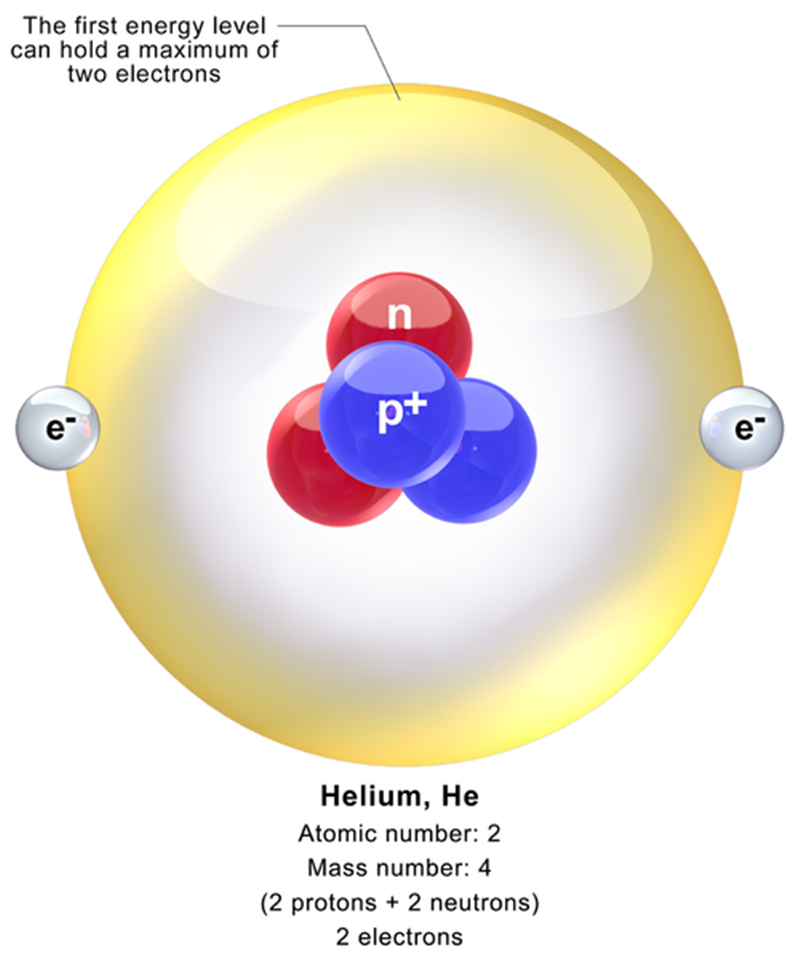
Atomic Structure of Helium
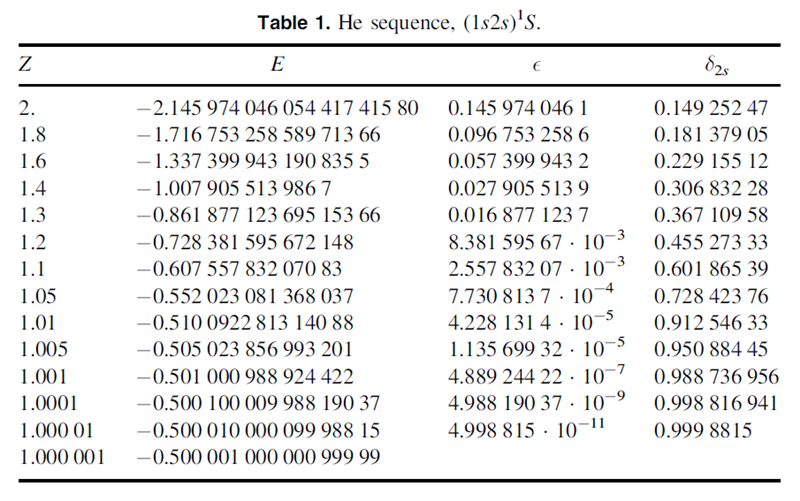
The table in the paper shows the energy change of the atoms nuclei during the process when changing the nuclear charge from the normal state to the critical state
In addition, we also observed some interesting phenomena about the linear relationship between bonding energy and nuclear charge, which was an unexpected finding. Through this result, Professor Katriel made a new theoretical analysis on the s-p splitting of two-electron atoms and singlet-triplet splitting and obtained different conclusions from previous research. If the result of this calculation is correct, and the linear relationship reflects a real physical phenomenon rather than caused by the computational procedure, it might mean we got a new explanation for energy splitting.
Since our research direction is quite theoretical, perhaps it will not have an immediate impact on the development of human society or technological progress. But it is relatively innovative. I believe that there will be more and more researchers who dive into this area and obtain more useful information.
What are the unforgettable stories during the entire research project?
I can hardly say that there are any stories that are more memorable, because the whole process is unforgettable and still vividly remembered. I believe this is true for everyone who is working with the professors for the first time. Every experience is extremely meaningful and special.
I still remember those days in Dubna, we stayed in the hotel built in the age of the Soviet Union and learned new knowledge from Professor Korobov with his hair all white; after leaving the institute in the evening, middle-aged man flying past me in a stroller while we were walking on the Volga River; the tireless instruction from my professor; the clouds seen on the plane; the digits dancing on the computer screen; the joy of getting useful results ... they are all memorable. I believe that for a long time in the future, I will continue to get new insights from this experience.
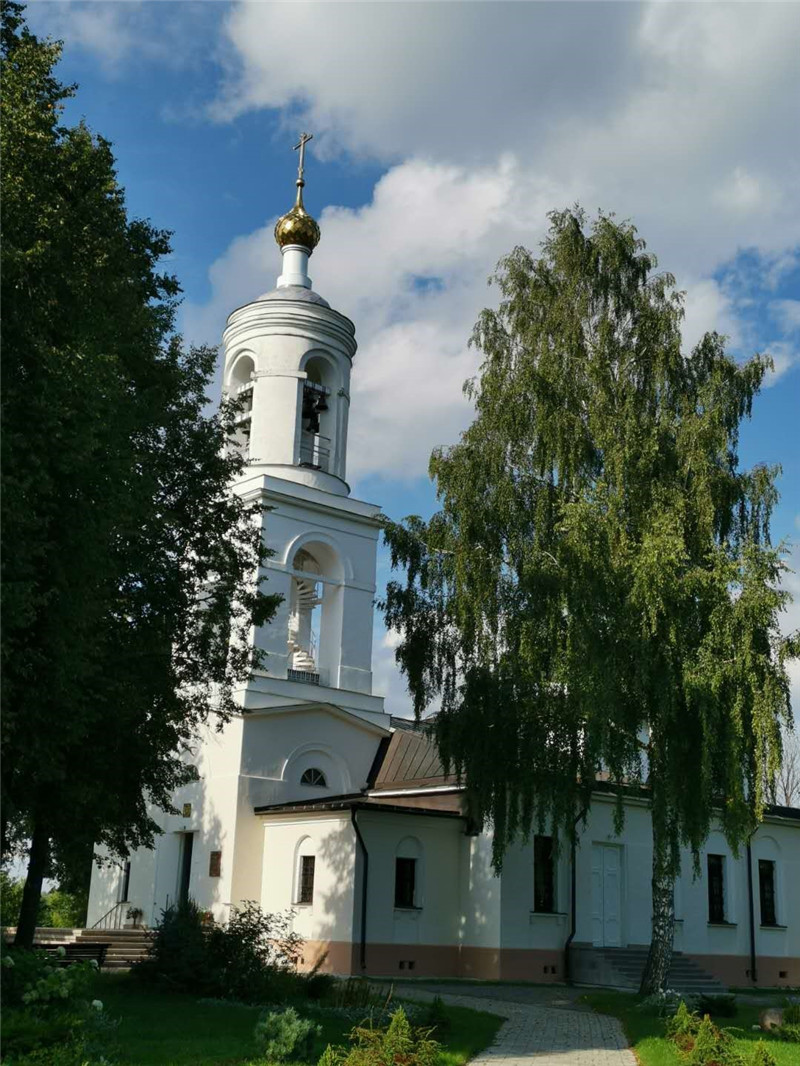
Church in Dubna
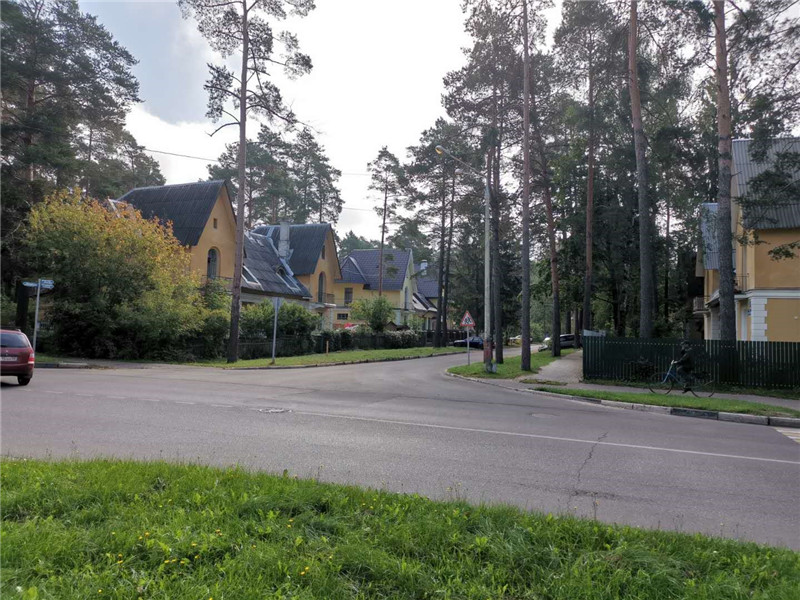
Dubna's Street
Text by GTIIT News & Public Affairs, Admissions Office
Photos provided by Chen Linhong
© GUANGDONG TECHNION-ISRAEL INSTITUTE OF TECHNOLOGY | 粤ICP备17036470号
